
Z4ABC
Zambia for agroforestry, biodiversity and climate

Project information
| Project | Zambia for agroforestry, biodiversity and climate |
| Duration | April 2022-March 2026 |
| Partners | The Centre for International Forestry Research – CIFOR (project supervisor), Natural Resources Institute Finland, Viikki Tropical Resources Institute (VITRI), Department of Forestry, University of Helsinki, Häme University of Applied Sciences, University of Zambia, Mulungushi University |
| Funding | Project is funded by EU: GCCA+/DeSIRA joint initiative on climate change & sustainable food systems. |
| Budget |
The overall objective of the project is to contribute to the development of climate-relevant, productive & sustainable transformation of agriculture, forestry & food systems in Zambia to help achieve Nationally Determined Contributions (NDC).
The project is led by the Centre for International Forestry Research – CIFOR in partnership with 3 Finnish & 2 Zambian academic institutions, plus local private sector:
- Natural Resources Institute Finland (LUKE)
- Viikki Tropical Resources Institute (VITRI), Department of Forestry, University of Helsinki (UH)
- Häme University of Applied Sciences (HAMK)
- University of Zambia (UNZA)
- Mulungushi University (MU)
Target Group
Local communities involved in the agricultural, forestry, agroforestry and wildlife value chains living in the ZLN corridor, conservation areas & their buffer-zones. Focus on the most vulnerable groups, women & youth.
Collaboration with other relevant VC actors: local businesses & organisations, civil society more widely, as well as government actors at local & national levels. Interventions are designed to inform relevant strategies & policy making
Operating region
Lower Zambezi – Luangwa – Nyika (ZLN) corridor, stretching across central & eastern Zambia.
Main Activities
The overall intervention logic of the action:
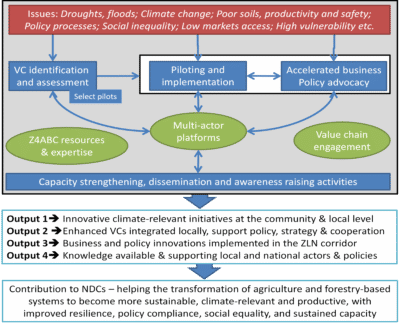
Outputs & activities:
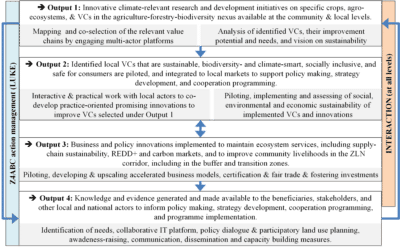
Contact information
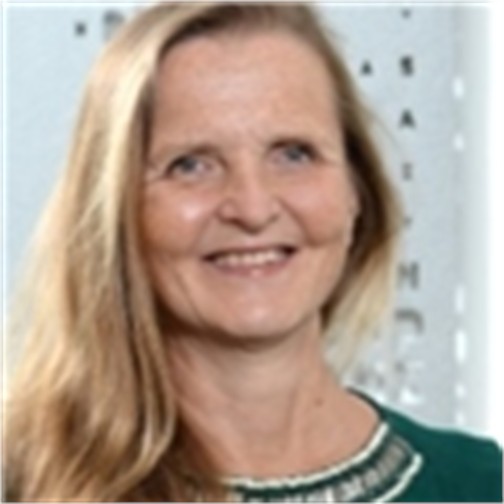
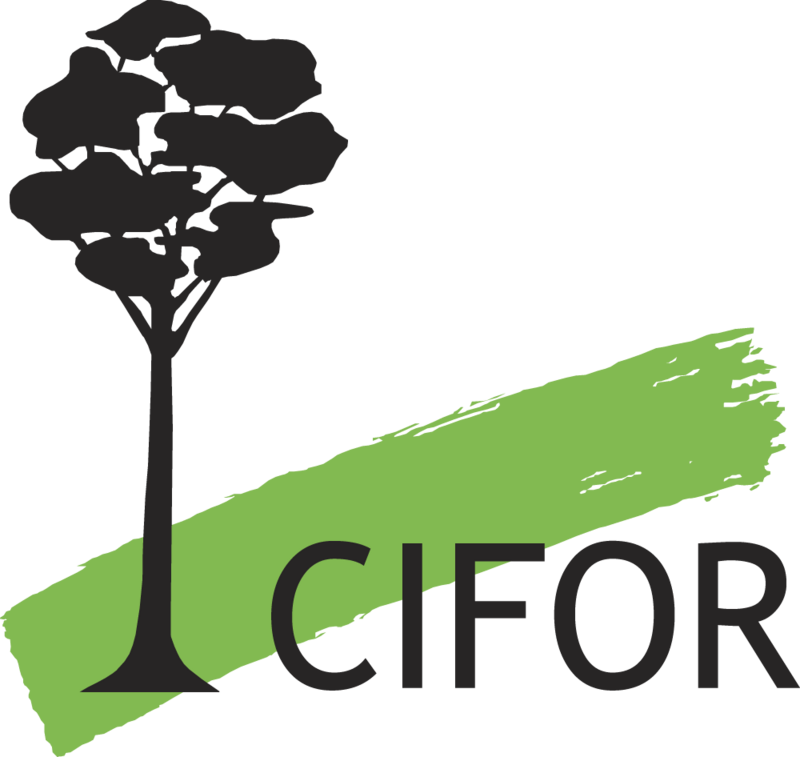
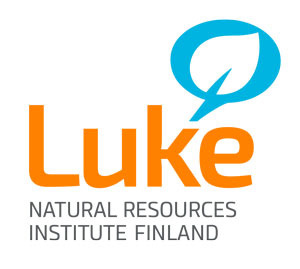
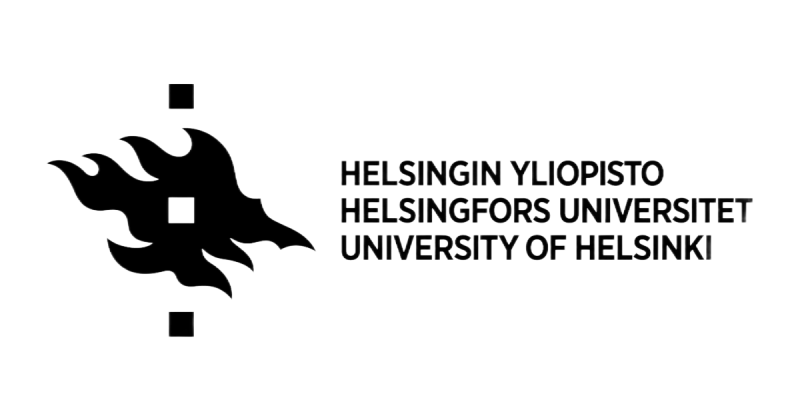
You might also like
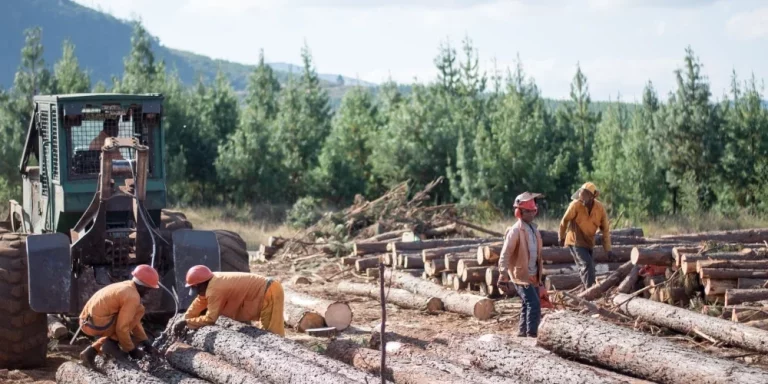
FOREST21
FOREST21 is a joint project for strengthening capacity in South African higher education in forestry. The project is implemented in collaboration of five higher education institutions (HEIs) in South Africa that have forestry curricula or will start teaching forestry.
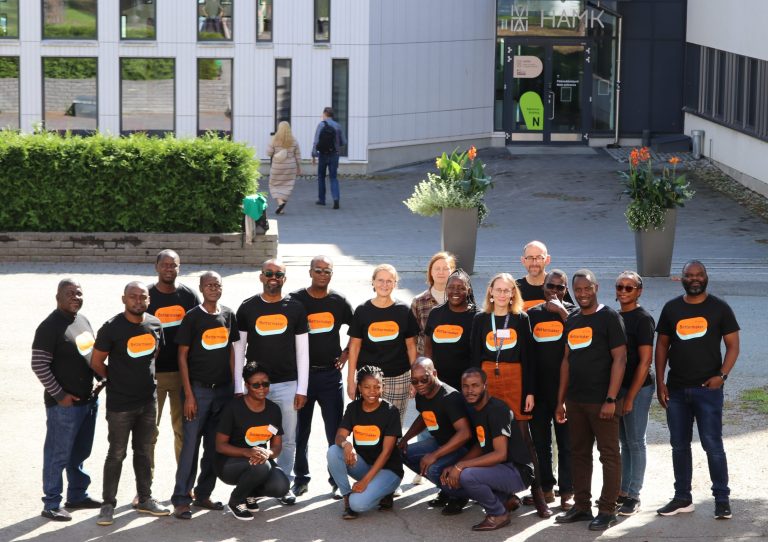
AgrGROW
Enabling student-centered learning at higher education institutions, creating a network-based learning ecosystem and the practices of climate-smart agricultural entrepreneurship.
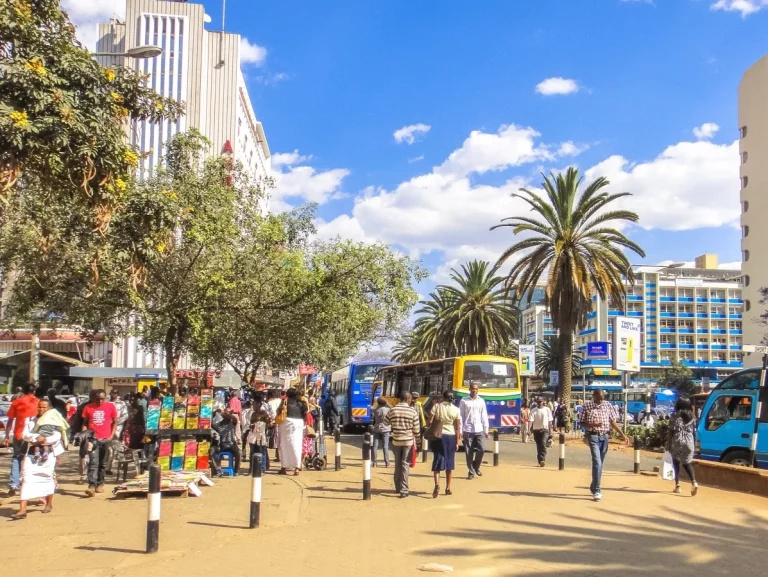
AgriSCALE
AgriSCALE is a joint initiative for reforming agri-entrepreneurship education in Sub-Saharan Africa.